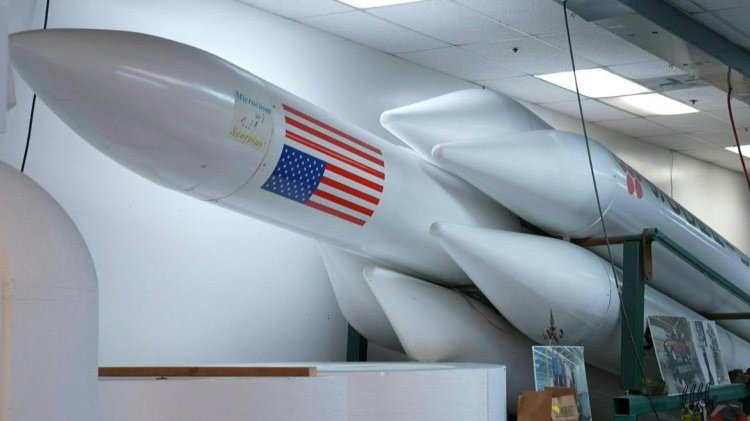U.S. Spacecraft Attempts Lunar Landing

An American spaceship attempting a lunar landing is to launch, the second private-led effort this year after the first ended in failure.
Intuitive Machines, the Houston-based company leading mission "IM-1," is aiming to become the first company to achieve a soft touchdown on Earth's celestial sibling, and land the first US robot on the surface since the Apollo 17 mission in 1972.
Its golf cart-sized Nova-C lander named "Odysseus" will blast off on top of a SpaceX Falcon 9 rocket from the Kennedy Space Center in Florida.
It is due to reach its landing site Malapert A , an impact crater 300 kilometers from the south pole, where NASA hopes to eventually build a long term presence and harvest ice for both drinking water and rocket fuel under Artemis, its flagship Moon-to-Mars program.
NASA paid Intuitive Machines $118 million to ship science hardware to better understand and mitigate environmental risks for astronauts, the first of whom are scheduled to land no sooner than 2026.
There is also more colorful cargo aboard, including a digital archive of human knowledge and 125 mini-sculptures of the Moon by the artist Jeff Koons.
After touchdown, the payloads are expected to run for roughly seven days before lunar night sets in on the south pole, rendering Odysseus inoperable.
Soft landing a robot on the Moon is challenging because a spaceship has to navigate treacherous terrain amid a lag of several seconds in communications with Earth, and use its thrusters for a controlled descent in the absence of an atmosphere that would support parachutes.
In America's long absence, China has landed three times since 2013, India in 2023, and Japan was the latest, last month -- though its robot has struggled to stay powered on after a wonky touchdown left its solar panels pointing the wrong way.















